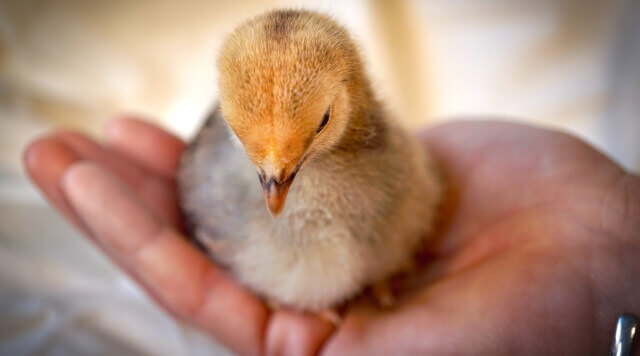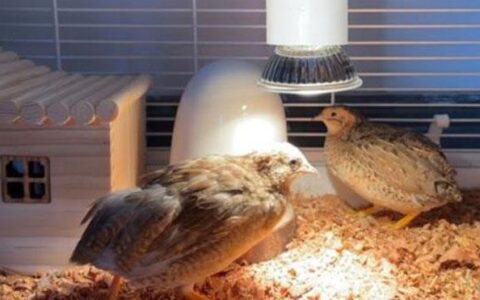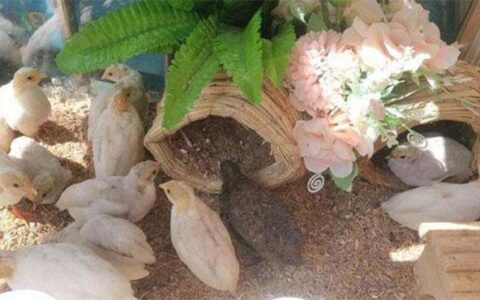The Art of Bonding: Taming Your Rutin Chickens for a Closer Connection
Discover the secrets to taming your Rutin chickens and building a strong bond. Learn about creating a comfortable environment, gentle interaction techniques, and the importance of patience in fostering a close relationship with these delightful miniature birds.
Rutin chickens, with their petite size and charming personalities, have become increasingly popular as pets. However, gaining their trust and establishing a close bond requires understanding and patience. This guide unveils the secrets to taming your Rutin chickens, transforming them from skittish birds into affectionate companions.

Creating a Welcoming Environment
The foundation of taming any animal lies in providing a secure and comfortable environment. When you first bring your Rutin chickens home, ensure they have a clean, well-ventilated, and spacious coop.
- Spacious Coop: Provide an appropriately sized chicken coop to ensure the chickens have enough room to move around.
- Temperature Control: Maintain the right temperature, especially for chicks. Newborn chicks need to be kept at a temperature of around 35-38 degrees Celsius, and adult rutin chickens need to be kept at a temperature of around 20-30 degrees Celsius.
- Cleanliness: Regularly clean the coop to prevent diseases and maintain hygiene.
- Odor Control: Consider using a fermentation bed with rice husk or wood chips to minimize odors.
Allow your new Rutin chickens time to adjust to their surroundings without unnecessary disturbances.
Gentle Interaction: Building Trust
Once your Rutin chickens have settled in, begin the process of building trust through gentle interaction.
- Approach Slowly: Avoid sudden movements or loud noises that could frighten them.
- Hand Feeding: Offer treats like mealworms or seeds from your hand to create positive associations.
- Soft Voice: Speak to them in a calm, soothing voice to help them get used to your presence.
- Gentle Touch: Gradually introduce gentle petting, starting with their backs.
The Power of Routine
Consistency is key to taming Rutin chickens. Establish a daily routine that includes feeding, interacting, and cleaning their coop. This predictability will help them feel secure and learn to anticipate your presence.
Playtime and Enrichment
Rutin chickens are curious creatures who enjoy exploring their environment. Provide them with opportunities for play and enrichment to keep them stimulated and happy.
- Toys: Introduce small toys like bells or balls to encourage interaction.
- Dust Baths: Provide a dust bath area where they can groom themselves.
- Free-Ranging: If possible, allow them supervised free-ranging time in a secure area.
Patience and Understanding
Taming Rutin chickens requires patience and understanding. Each bird has its own personality and may take varying amounts of time to warm up to human interaction. Never force interaction or punish them for being skittish. Instead, focus on building trust and creating positive experiences.
With consistent effort and a gentle approach, you can develop a strong bond with your Rutin chickens, enjoying their companionship for years to come.
Socialization
You can try to expose the Rutin chickens to other friendly birds or pets that enjoy human interaction to help them learn social behaviors.
A Rewarding Experience
Taming Rutin chickens is a rewarding experience that allows you to connect with these delightful creatures on a deeper level. By providing a comfortable environment, engaging in gentle interaction, and remaining patient, you can transform your Rutin chickens into friendly, trusting companions that bring joy to your life.
Notice: Internet users spontaneously contributed the article content, and the article views only represent the author himself. This site only provides storage services, does not have ownership, and bears relevant legal liabilities. If you find plagiarism, infringement, or illegal content, please contact the administrator to delete it.



